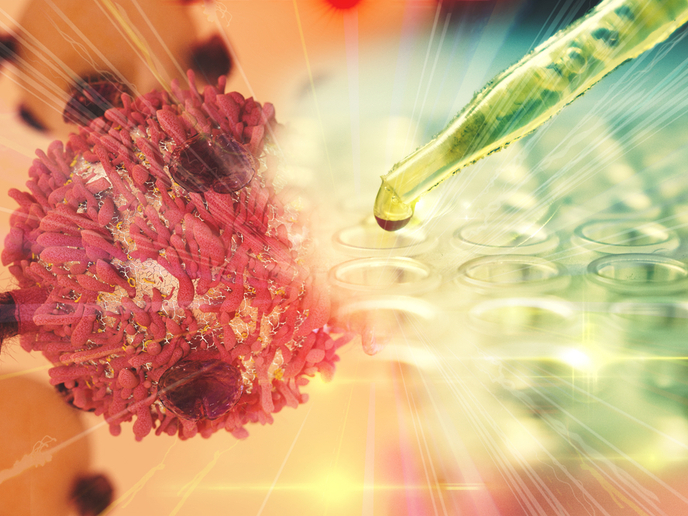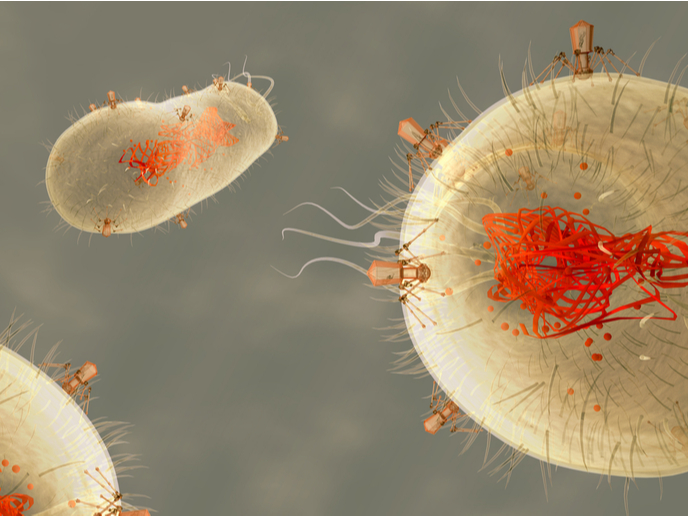How to maintain a mutual relationship
Mutualisms underpin much of the complexity of the natural world. Understanding how cooperation between different species remains stable over many generations is therefore an important question within evolutionary biology, but largely unresolved. The EU-funded TACTIC (The actinomycete connection) project aimed to better understand the nature of the symbiosis between leaf-cutter (attine) ants and the antibiotic-producing bacteria Pseudonocardia and to use this symbiosis and the surrounding microbial community (microbiome), as a model to increase our general understanding about this kind of mutual relationship. The researchers mapped the external microbiome (on the ant’s cuticle) over different aged workers, to see how the symbiosis changes over an ant’s lifetime; and in species from primitive to the most sophisticated attine farmers, to measure how diverse symbiont strains are. They tested theoretical models for the dynamics of bacterial competition, in experiments using the symbiont and known competitors, to look at how beneficial microbiomes might evolve around a mutualism. The researchers show that the more sophisticated leaf-cutter ant species have a tightly coevolved symbiosis dominated by antibiotic-producing Pseudonocardia. They found that the attine ants seem to promote competition among bacteria on their cuticle, which favours actinobacterial communities that are beneficial to the ant host. These results shed light on the nature of the symbiosis between attine ants and the actinobacteria Pseudonocardia, and contribute to our broader understanding of how symbioses can be maintained over time.







